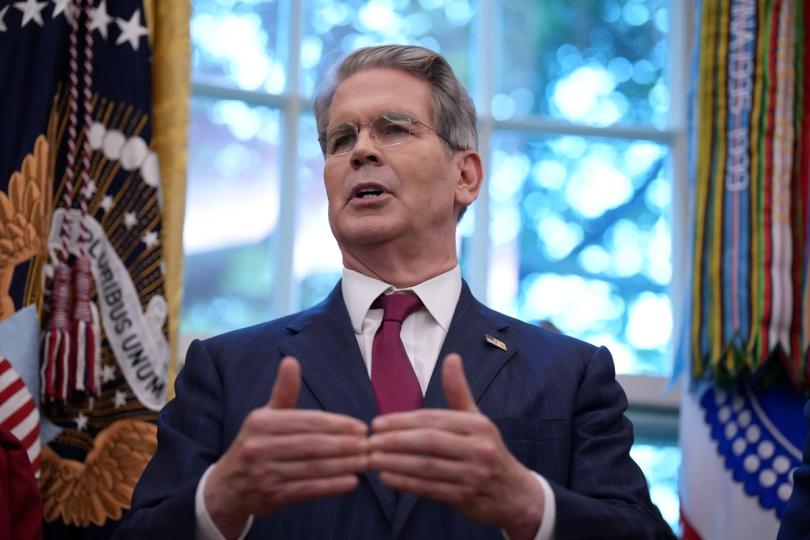US Treasury Secretary Scott Bessent marked the 17th anniversary of the Bitcoin white paper on Friday with a post on X that praised the network’s resilience and added a jab at Senate Democrats, saying the system “never shuts down” and suggesting lawmakers could “learn something from it.” The comment doubled as a political signal and a partisan elbow.
October 31 has special importance in crypto. It’s the date Satoshi Nakamoto published the nine-page Bitcoin White Paper in 2008, the document that outlined a peer-to-peer electronic cash system and set the stage for a network that has been running continuously since January 2009. Supporters are using the anniversary to highlight bitcoin’s always-on design and its independence from any single operator.
Bessent’s note joins a year of crypto-forward announcements from the Treasury Department.
In July, following President Trump’s signing of the GENIUS Act, Bessent called stablecoins “a revolution in digital finance” and argued that an internet-based dollar rail could reinforce reserve currency status while expanding access to dollar payments. The Ministry of Finance published this statement on its website.
In August, Bessent on X said that bitcoin forfeited to the US would create a strategic bitcoin reserve and that the Treasury Department would explore budget-neutral ways to add more, signaling interest in building holdings without new appropriations.
The reaction to Friday’s post exposed well-known cracks in crypto.
Longtime Bitcoin Core developer Luke Dashjr pushed back, saying bitcoin is “weaker than ever,” a nod to disagreements over recent software releases and what they mean for the network’s purity.
Researcher Eric Wall responded with sarcasm that “bitcoin died after the kernel v30 release,” pointing to recurring down times after upgrades.
Investor Simon Dixon reframed Bessent’s line as a critique of currency policy, arguing that bitcoin’s point is protection from political degradation.
Others pushed for political action: Trader Fred Krueger said the Treasury should buy into the strategic bitcoin reserve, and digital-asset strategist Gabor Gurbacs called for putting bitcoin “on the balance sheet.”
The responses are roughly divided into two camps – technical purists who dispute general claims of resilience, and market participants who are pushing the Treasury Department to turn rhetoric into acquisition policy.
The political edge was sharpened by timing. The federal government has been in a partial shutdown since Oct. 1 after Congress missed appropriations through fiscal year 2026, resulting in about 900,000 furloughs, about 2 million employees working without pay and curtailed operations at agencies including the NIH and CDC. The episode is the 11th shutdown to limit services and is described as the longest full shutdown ever.
Read narrowly, Bessent’s post hailed a network that runs on weekends and holidays. Read politically, it contrasted bitcoin’s uptime with a Congress deadlocked on funding bills — another sign that the Treasury secretary intends to keep digital assets in the political conversation on Washington’s busiest days.



